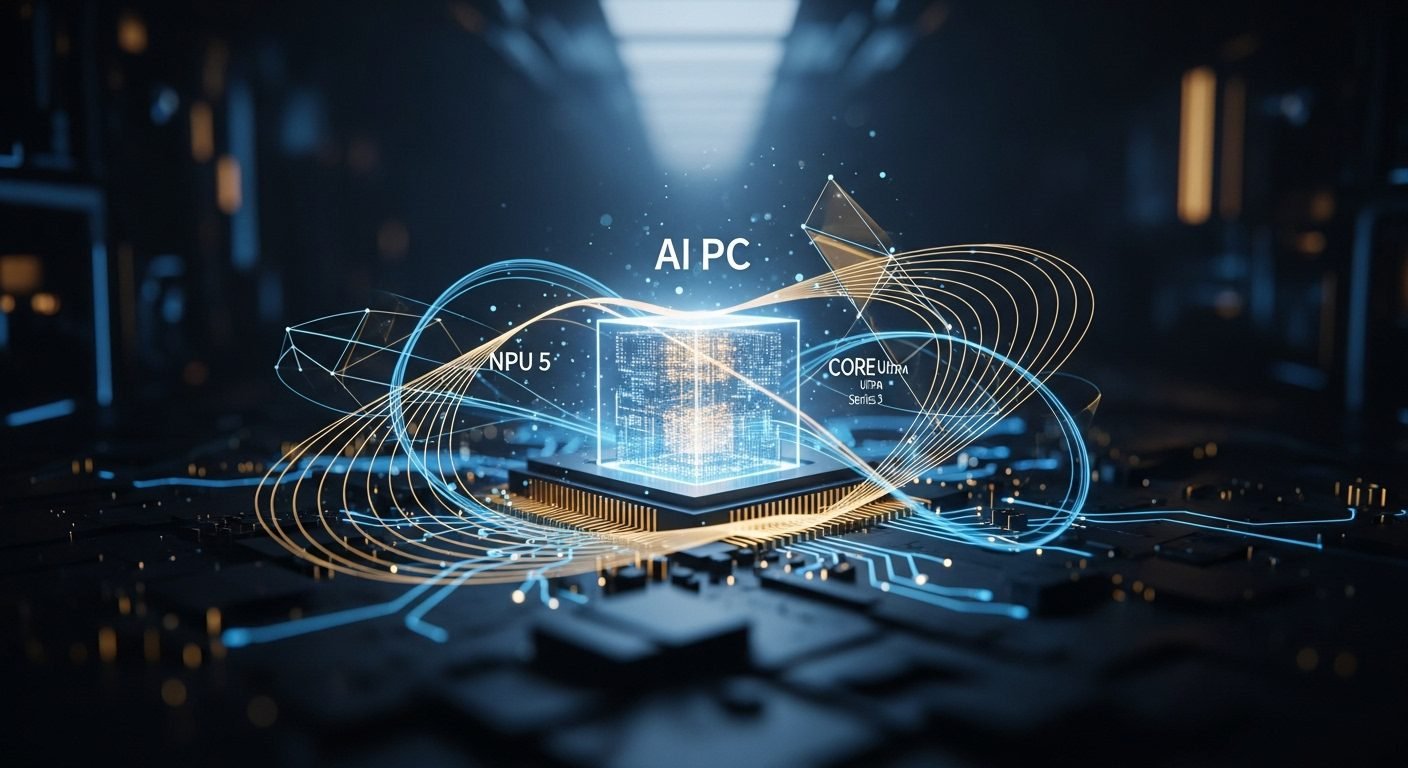Imagine a world where economic friction is largely eliminated, where every transaction, no matter how small, is instantaneous, seamless, and inclusive. This isn’t a futuristic fantasy, but the emerging reality in India, where the Unified Payments Interface (UPI) has not just reached, but decisively shattered, the 20 billion transaction barrier in August 2025. This isn’t merely a statistical triumph; it’s a profound re-architecting of economic interaction, a testament to a future where digital is the inherent state of commerce.
When we speak of 20.01 billion transactions in a single month, we are witnessing a system that processes an average of 645 million exchanges daily. This colossal engine powers the daily lives of over a billion people. The surge represents a staggering 34% year-on-year growth in volume, with the transaction value soaring by 21% to Rs 24.85 lakh crore. This solidifies UPI’s position as the bedrock for 85% of India’s digital financial flows, according to reports like those in The Economic Times.
Ben Rivera here, and I’ve long tracked the subtle tremors that precede a technological earthquake. UPI’s latest feat isn’t a tremor; it’s the main event, and it signals a paradigm shift we didn’t fully grasp until now. The sheer scale defies traditional financial models, demonstrating a level of adoption that goes beyond mere convenience. This system champions inclusion, velocity, and the democratization of finance on an unprecedented scale. [Dynamic Infographic: UPI Growth Trajectory]
The monumental growth occurred even as the nation enacted a ban on real money gaming platforms, which historically contributed a significant share of UPI transactions. This only underscores the organic and foundational adoption of this technology across diverse segments of society. It suggests a payment rail so robust, so ingrained, that even a significant regulatory disruption barely registers as a blip on its upward trajectory. From 18.40 billion transactions in June 2025 to 19.47 billion in July, culminating in August’s record-breaking 20.01 billion, this consistent, accelerating adoption speaks to a network effect reaching critical mass. It’s the moment when a technology transcends mere utility and becomes an indispensable public good.
Future Frame: This relentless march towards frictionless, embedded payments fundamentally redefines the very concept of money flow. We are witnessing the birth of a hyper-liquid economy where every interaction, from buying a chai to investing in a micro-enterprise, is an instant, digital pulse, laying the groundwork for entirely new economic structures and participant roles across society. The traditional financial gatekeepers, unprepared for such velocity, will find their business models increasingly challenged.
The implications extend far beyond domestic markets. UPI is not content to merely dominate India; it has already expanded its reach to seven countries, including its landmark entry into Europe via France. This isn’t just a payment system; it’s a global interoperability blueprint. It challenges established financial institutions and sets a new standard for real-time, low-cost cross-border transactions. [Map: UPI Global Expansion]
What does a financial landscape truly look like when a nation operates at this level of digital fluidity? A glimpse into a 2030 use-case reveals a world where economic friction is largely eliminated. Micro-payments fuel a creator economy, small businesses in rural villages connect directly to global markets, and financial services are no longer the exclusive domain of traditional banks but are embedded seamlessly into every digital interaction. We are moving towards a financial singularity where the act of payment becomes an unconscious, effortless part of our digital existence.
Future Frame: As UPI scales globally, it doesn’t just offer an alternative payment rail; it presents a philosophical challenge to the proprietary, often fragmented, payment ecosystems prevalent elsewhere. This blueprint for open, real-time interoperability could spark a global race among nations to modernize their financial infrastructures, inevitably leading to a more interconnected, yet potentially decentralized, global financial order. The very definition of “currency exchange” could evolve into instantaneous, digital value transfer across borders.
The true genius of UPI lies not just in its technological prowess but in its philosophical underpinning: open, inclusive, and built for scale. This is India presenting a powerful alternative to the proprietary, often fragmented, payment ecosystems prevalent elsewhere. As other nations grapple with the future of their own payment infrastructures, India’s experience with UPI offers a compelling, battle-tested model. The 20 billion milestone isn’t just India’s triumph; it’s a beacon for global digital transformation, illustrating the immense potential when visionary policy meets cutting-edge technology to reshape society at its core. [Image: Digital India Logo with UPI Infographic]
Future Frame: In this digitally native financial epoch, the very act of paying will fade into the background, becoming an almost subconscious gesture. This invisibility will unlock unprecedented levels of economic participation, drive new business models that rely on hyper-efficient micro-transactions, and fundamentally alter how individuals and communities engage with financial services. India’s journey with UPI foreshadows a future where financial access is a universal right, seamlessly integrated into the fabric of daily digital life.
The question is no longer if others will follow India’s lead, but how quickly they can adapt to this new, digitally native financial epoch. The world watches as India continues to write the definitive playbook for a future where digital finance is not an option, but the default state.











